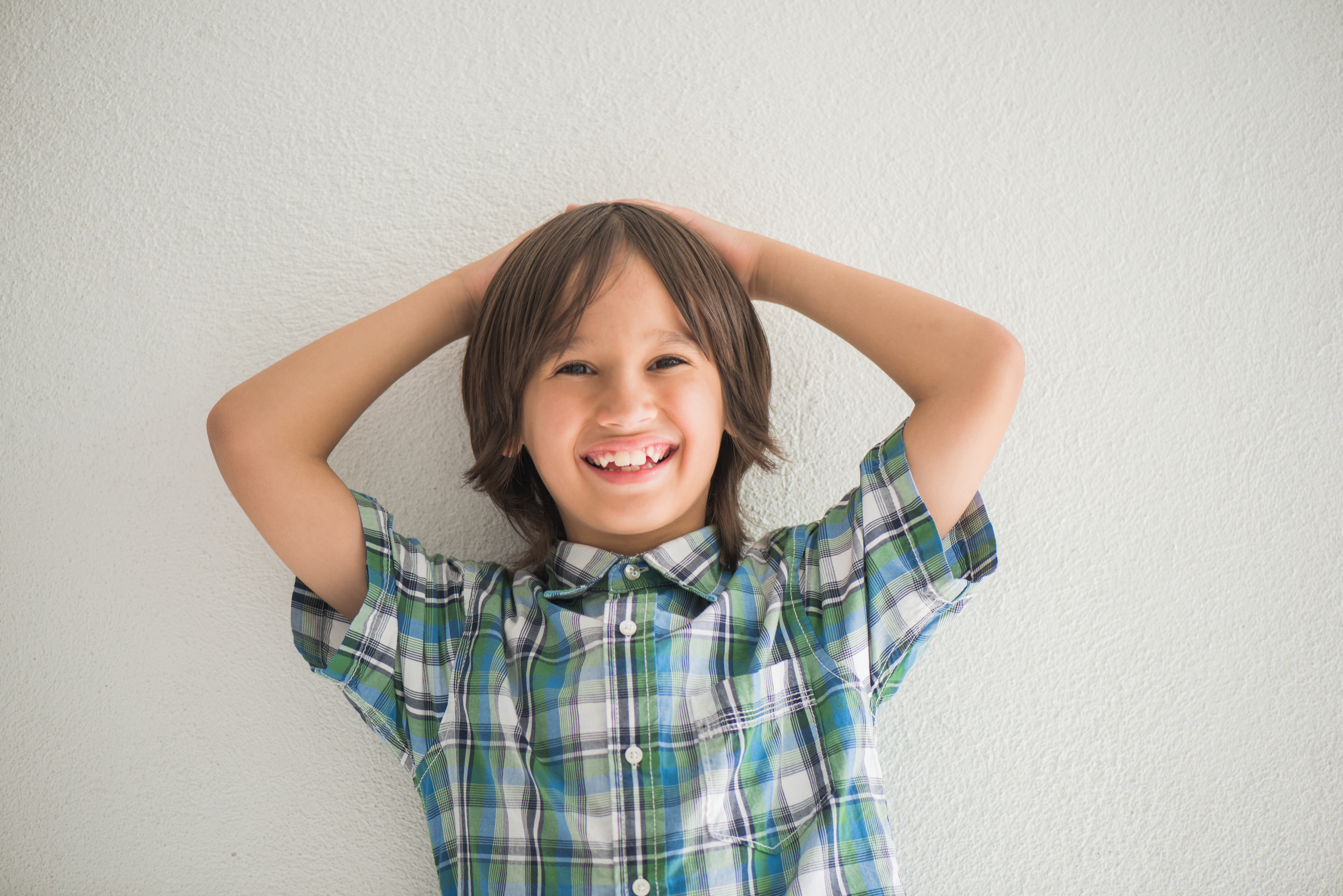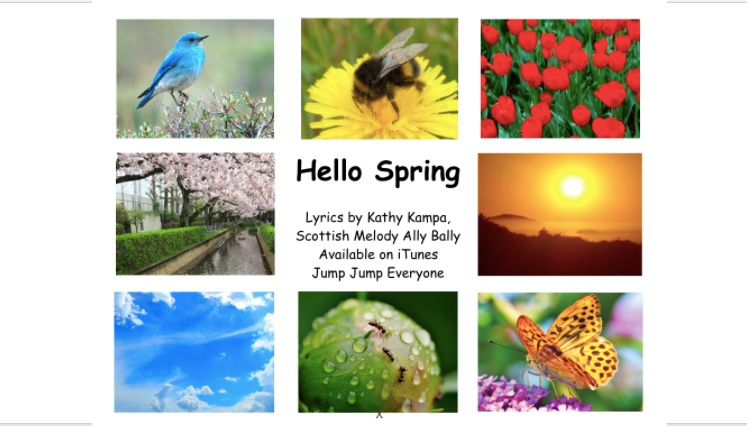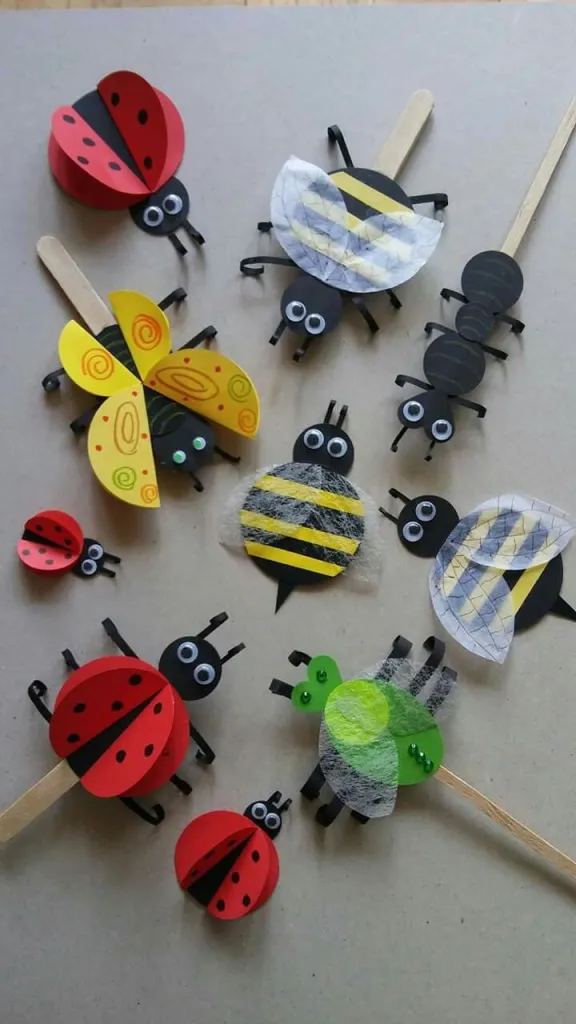What do you do with young learners on a rainy day? Sing! Dance! Make inside recess a lot of fun!
In this post you’ll find three different rain songs, all perfect for young learners. You’ll find movement suggestions, videos, and Spotify playlists for more rainy-day songs. Enjoy!
This first song is called “It Is Raining.” It’s a song that encourages noticing, a first step in learning. It invites students to listen to the various sounds created by patting on different body parts. These sounds are called “body percussion.” They can listen to the similarities and differences in the sounds. Is the sound loud or quiet/soft? Is the sound high or low?
Students learn the names of body parts, like head, arms, legs, chest, cheeks, and tummy. They can pat the rhythm of the words.
by Kathy Kampa on Jump Jump Everyone
(Goals: body part names, listening for different types of sounds, rhythm of the words)
It is raining. It is raining.
Wiggle your fingers from high to low to look like it’s raining.
On my legs. On my legs.
Pat your legs to the rhythm of the words.
Pitter patter raindrops. Pitter patter raindrops.
Tap that body part (legs) to the rhythm of the words.
I’m all wet! I’m all wet!
Brush your hands along your legs. Pretend to shake off the water.
Step inside my classroom in Japan to see my young learners singing and moving to this song.
Once your students have learned this song, take it a step further.
Think, think, think. Think, think, think. What should we do?
Tap your finger to the side of your forehead. Put your hands out to the side.
Let’s sing about our elbows!
Tap your elbows. How does that sound? Loud? Soft? High? Low? I think that sounds soft or quiet. Sing in the same way.
Let’s sing about our back(s)!
Tap your back. How does that sound? Loud? Soft? High? Low? I think that sounds kind of low. Sing in the same way.
Get a rainstick or shaker if you want to add an interesting sound.

Our second song is called “Ame, Ame.” After living in Japan for over thirty years, I grew to love this traditional song. There are many different translations for it. Here’s mine.
Japanese Rain Song “Ame, Ame”
Beth’s Notes shares this notation as well as some delightful videos.

Pitter patter falling falling, Rain is falling down,
Tap on your legs. Wiggle fingers to look like rain falling.
Mother brings me my umbrella, Rain is falling down,
Pretend to open an umbrella. Wiggle fingers to look like rain falling.
Pi-chi Pi-chi, cha-pu, cha-pu, ran, ran, ran, (らん、らん、らん)
Tap on your legs.
If you have instruments, it’s fun for students to make their own rainstorm. First the wind and gentle rain, thunder, pouring rain, then returning to the wind and gentle rain.
Students can create this with body percussion sounds, too.

Lastly, a traditional rain song is “Rain Rain Go Away.”
Rain, Rain Go Away
Rain, rain, go away! Come again another day.
Make rain movements. Show “Go away.” Show “Come again.”
All the children want to play.
Clap your hands.
Rain, rain, go away!
Make rain movements. Show “Go away.”
There are many videos for this song. This one by Cocomelon shows how we can be creative while we wait for the rain to stop.
And if three songs aren’t enough for your rainy-day plans, check out these Spotify Playlists with lots of music for kids.
Are you streaming music? Go to Spotify or Apple Music to find Kathy’s music. You’ll find “It Is Raining” on “Jump Jump Everyone.”

Jump Jump Everyone, my second album, is filled with many happy songs that have grown in my young learner classroom. The songs encourage children to move. Many songs link to classroom content. Children can dance like falling leaves, bloom like a spring flower, move through the butterfly life cycle . . . . you’ll find LOTS of fun and magic in this album.
Kathy Kampa loves to bring joy to the world through her children’s music. She is passionate about making learning engaging for young learners. You’ll find more resources on Kathy’s YouTube page.
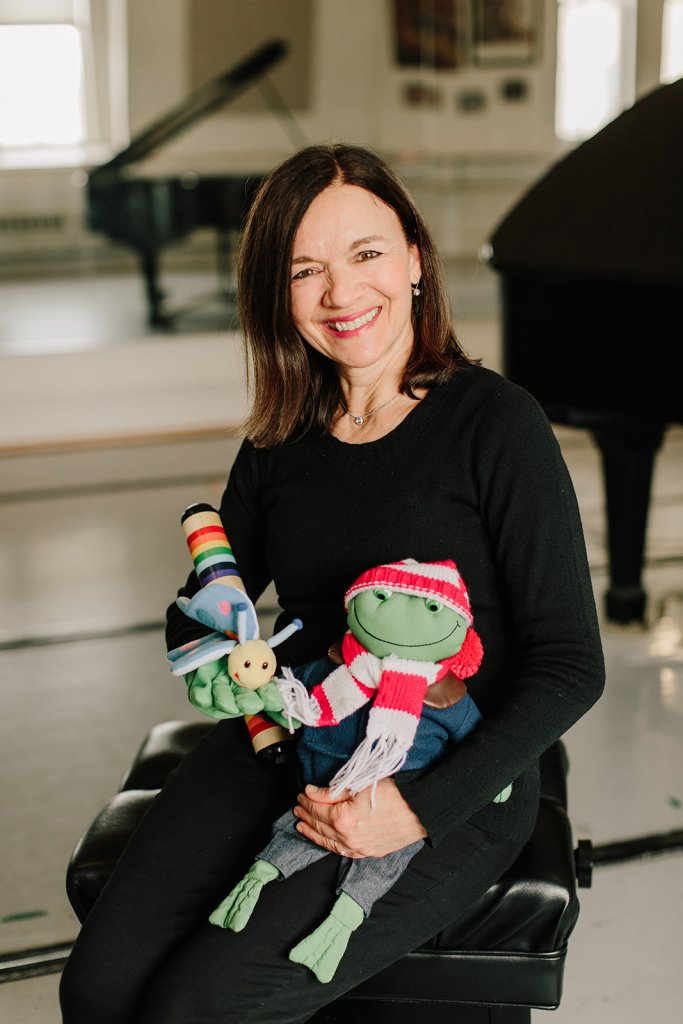






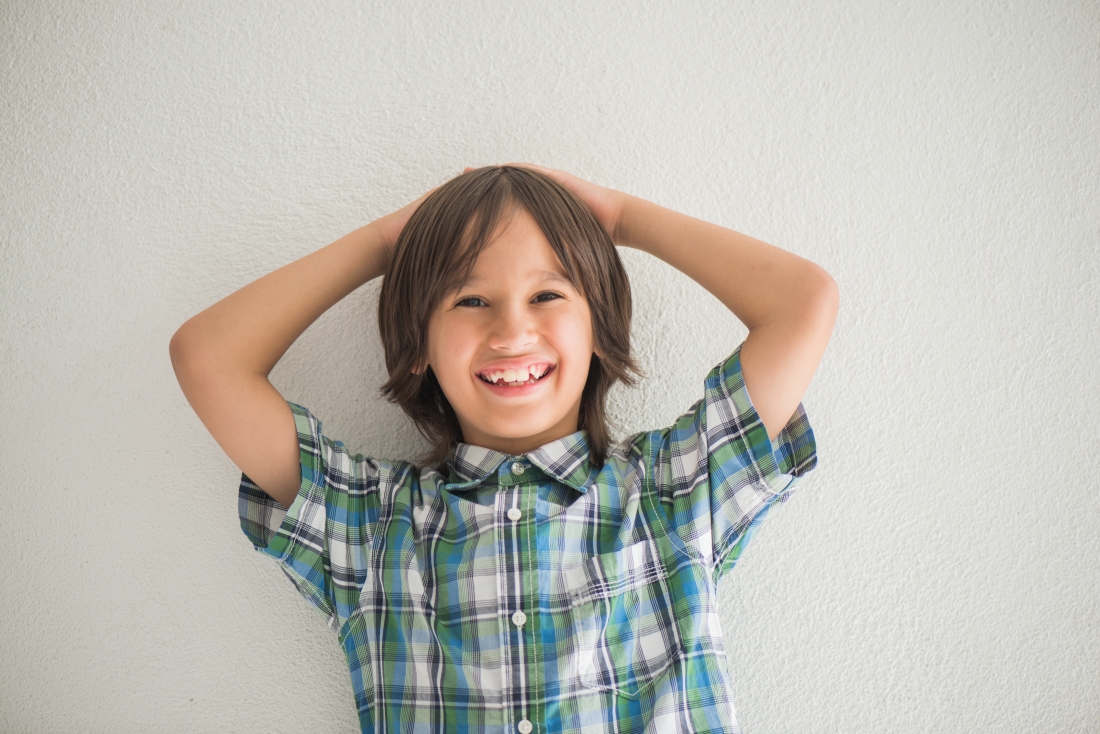

 What do you have readily available in your classroom? A slide whistle is one of the most interesting sounds I have in my classroom. If you have a big group of students, it quickly gets their attention. Don’t have a slide whistle? How about a shaker, a tambourine, or a kazoo?
What do you have readily available in your classroom? A slide whistle is one of the most interesting sounds I have in my classroom. If you have a big group of students, it quickly gets their attention. Don’t have a slide whistle? How about a shaker, a tambourine, or a kazoo?
